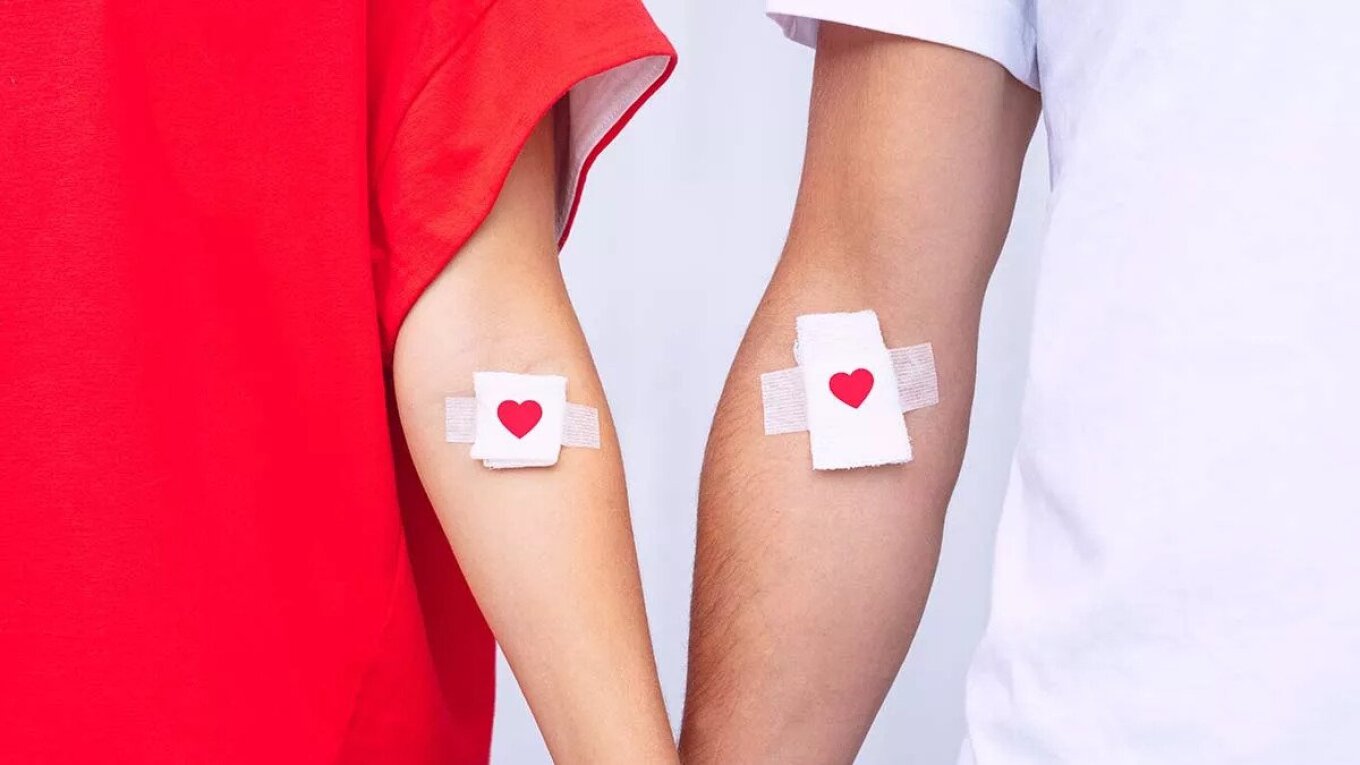The World Health Organization’s World Blood Donor Day 2023 slogan is “Give blood, give plasma, share life, share often”, highlighting the importance of giving blood or plasma regularly to create a safe and sustainable supply of blood and blood products so that patients everywhere can receive – often lifesaving – timely treatments.
Blood donations are needed for all kinds of procedures, from saving those who have been in accidents to mothers and their babies in case of an iron deficiency and even to the terminally ill, providing them with a better quality of life in their final months. Blood and platelets cannot be manufactured and so health systems around the world depend on volunteer donors.
Last year, both the United States and the United Kingdom issued warnings over low blood supplies. In January, the American Red Cross declared its first-ever national blood shortage crisis following complications from the Covid-19 pandemic. Then, between October and November 2022, the UK’s NHS Blood and Transplant service issued an “amber alert”, asking hospitals to put in place management plans to protect blood stocks, including pushing back some non-urgent procedures. The NHSBT said the UK’s shortage was partly due to a lack of staff to look after people giving blood.
With this in mind, we thought we’d take a look at how donation patterns vary in different countries, using data from the European Blood Alliance portal. Here, we’ve taken the number of donations given per listed country as well as the population size to work out the per-capita figure, in order to create an index for comparison.
While the countries with larger populations have high numbers of blood donations in absolute terms, with Italy (which has a population of 59.6 million) coming first with 3 million donations followed by France with 2.8 million donations (and 67 million inhabitants) and Germany with 2.4 million donations (and a population of 82.2 million), when it comes to per capita, Greece climbs to the top of the ranking with 0.053 blood donations per person (or nearly one donation per 19 people). The United Kingdom ranks fourth for absolute numbers of donations at 1.7 million, but ranks 24th out of the 26 countries for per capita, with 0.026 (or roughly 1 donation per 38 people).
These differences likely stem from several factors, ranging from whether a country has a high number of organized blood transfusion centers (making access easier for more people to donate) to the effectiveness of public health campaigns. In some countries, cultural awareness and attitudes of community support might also play a part.
On a global scale, far bigger disparities exist when it comes to supply. According to the WHO, in many countries, blood services are facing the challenge of making sufficient blood available, while also ensuring its quality and safety. Of the 118.5 million blood donations given annually globally, 40 percent are collected in high-income countries, which are home to just 16 percent of the world’s population.
You will find more infographics at Statista
Ask me anything
Explore related questions






